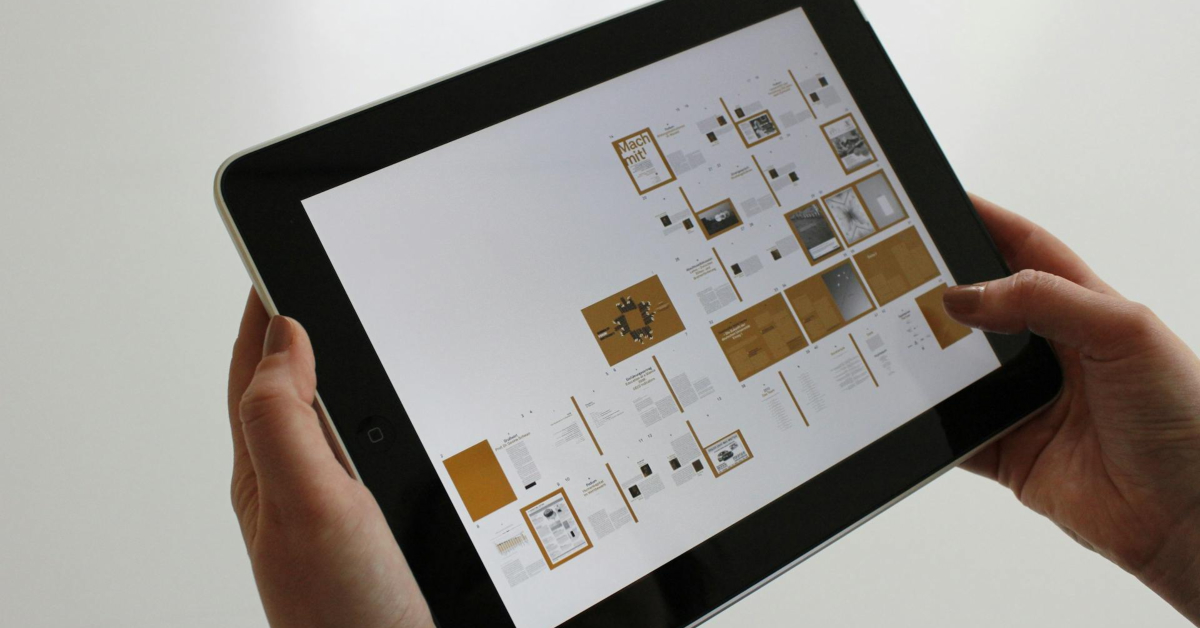Key Takeaways
- Outperform competitors by deeply researching your target market before app development begins.
- Build a basic app version first to test market interest and collect valuable user feedback.
- Improve customer satisfaction by designing your app for simplicity and ease of use.
- Learn that many business apps fail, highlighting the importance of user-focused design.
Gone are the days where simply building an app is all that’s needed to scale a startup.
Benefits of Building an App for Startups
Building a mobile app isn’t all doom and gloom. In fact, it’s a powerhouse of potential when done right. Here are a few benefits of building an app:
- Brand Visibility: there’s free publicity for businesses when their apps are available on app stores. What’s more is that having your app on customers’ smartphones keeps the brand at the forefront of their minds. It’s easier to promote relevant ads whenever they use the app. And as usual, a good app easily gets a referral.
- Increased Customer Engagement: having a mobile app makes it easier for businesses to deliver personalized notifications and services to customers. By streamlining content and updates to suit each customer’s mobile preferences, businesses can conveniently engage and retain customers via their mobile apps.
- Revenue Generation: mobile app monetization via in-app purchases, ads, and subscriptions, is a great way to generate revenue for startups. It’s a lot easier to convince app customers to make purchases in-app rather than clicking through multiple weblinks.

3 Top Strategies for Mobile App Development
Seeing as building a mobile app packs a lot of potential, it’s important to do it right. Below are five strategies for developing a mobile app with potential success:
Market Research – Identify your startup niche:
A basic rule of business is to build for the market. This means building what the market wants/needs, not what you feel like. The same rule applies to mobile app development. Rather than building a generic one-size-fits-all app, take your time in conducting market research. Assess your target audience and review your startup’s existing market successes and challenges. By carefully assessing your target audience’s preferences and market behavior, you’re more likely to tailor your app’s prospective features to fit the market’s demand.
Always niche down when building a mobile app. Niching down makes it easier to develop a focused app, attract more customers, reduce competition, and improve monetization. An example of niching down is creating a mobile app for an online brewery to serve customers tailored drinks without the stress of commuting or stigma..
Test the market with an MVP
The Minimum Viable Product (MVP) strategy is important in app development. It’s basically creating a prototype to test the market’s depth. An MVP or prototype app has the most basic functions, and is deployed into the market to gather insights such as; numbers of potential and ready customers, customer preferences, real-time errors, app glitches, and feedback. With these insights, you can improve on the app’s functions to solve the problems raised during the MVP stage.
With an MVP, you’re simply testing the potential of your mobile app. It doesn’t need to be fancy – only core functions are necessary. Resist the urge to add fancy niche-to-have functions at this stage.
UI/UX – Design with users in mind
An app’s design is one of the things that heavily impacts its success. When designing an app, two things matter: User Interface (UI) and User Experience (UX). While UI guides how an app’s interface should be designed with easy to see/read colors, fonts, sizes, and style, UX ensures that all processes in the app – including UI are designed for ease of use.
Generally, users expect apps to be easy-to-use, seamless, and visually appealing, and that’s what UI/UX focuses on. A poorly designed app, no matter how cool its features are, will likely be abandoned.
To avoid the pitfalls of UI/UX design, it’s sometimes better to hire a design agency like Designbox. These agencies have UI/UX experts who know all the technical and practical bits about what makes an app great.

Core Development – Choose the one that fits
Before settling to code a mobile app, it’s important to weigh development options. Choosing the right developmental approach directly impacts the cost, speed, functionality, and market potential of the app. For context, there are three basic development options; cross-platforming, native development, and low-code.
Cross-platforming: refers to building an app by integrating multiple development frameworks like Flutter, React, or JavaScript. While cross-platforming makes development faster and ensures that the apps can operate on different mobile operating systems with ease, it often compromises on in-depth functionalities. Basically, certain core features may not be achieved when cross-platforming, but it’s great for managing budgets.
Native development: this basically involves hardcore building on frameworks designed for specific operating systems. Unlike cross-platforming, it takes time to build and often offers a more polished user experience with premium features. This is the most expensive but most dedicated mobile app development strategy.
Low-code/No-code: this refers to platforms that allow businesses to develop simple apps with limited coding expertise. They often feature drag-and-drop contents with a backend coding interface. With low-code, the backend code is generated based on what is designed. While this is fast, cheap, and easy, customization and other complex features are impossible.
Conclusion
For startups launching apps in 2025, priority should be placed on strategic development. By niching down, testing the market with an MVP, and prioritizing user-centric design, there’s a higher chance of success with a mobile app. However, making a choice about development is no mean feat. It boils down to budget, scalability, and the app’s overall purpose. Sometimes, a simple app is all that’s needed to scale a business. At other times, a full-functioning app with tailored features is the best investment.




